Paul Kane’s oil paintings have had considerable exposure through public exhibition, whereas his works on paper have not, owing to the vulnerability of the medium. Paul Kane’s Frontier (1971) by the Canadian art historian J. Russell Harper remains the key art historical treatment of Kane, complemented by Kenneth Lister’s more recent monograph, Paul Kane, the Artist: Wilderness to Studio (2010), in which Kane’s cycle of one hundred paintings is reproduced in its entirety.
Key Exhibitions
The nineteenth-century exhibitions of Kane’s work are important insofar as they reveal the artist’s own efforts in promoting his work to the public of Toronto and other urban centres in Ontario. Interest in Kane’s work seems to have waned after his death: apart from the 1904 exhibition of his cycle of one hundred paintings (then in the collection of Ontario politician Sir Edmund Boyd Osler, who purchased them in 1903 from the estate of George W. Allan), it would take the centenary of Kane’s death (1971) to provide an opportunity for renewed interest in the artist’s career and a major exhibition. J. Russell Harper’s accompanying substantive publication ensured continued research and encouraged new perspectives for the interpretation of Kane’s oeuvre.
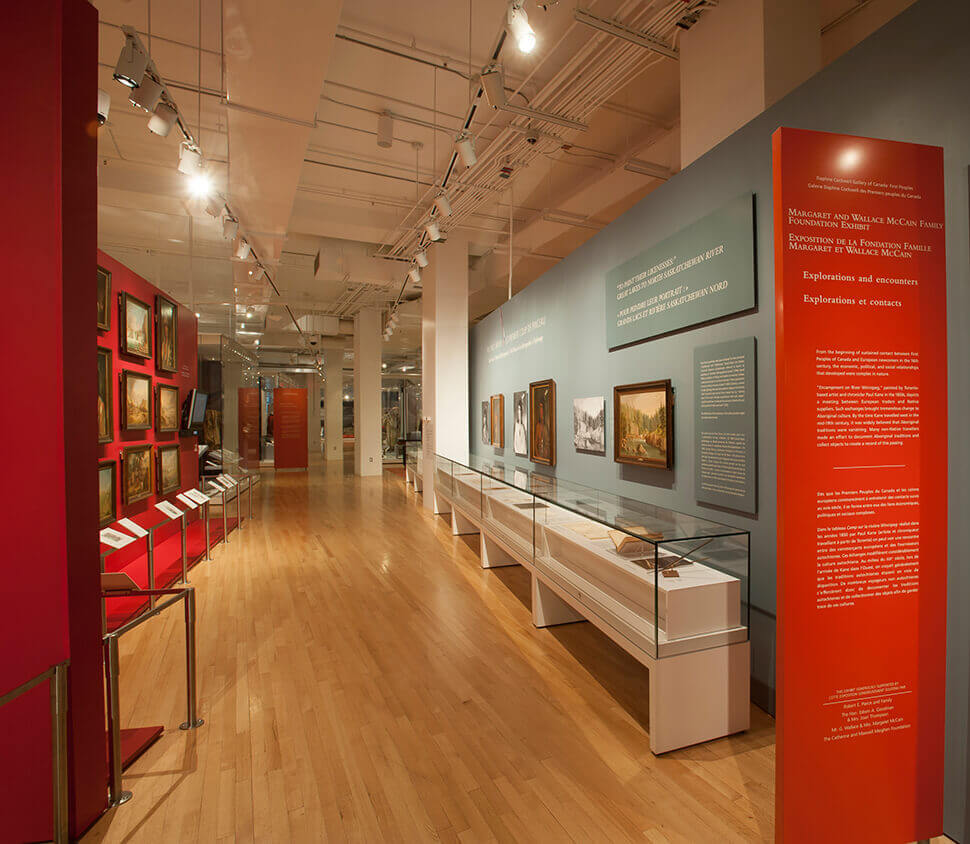
1834
July 1–31, 1834, Society of Artists and Amateurs, Toronto (cat. nos. 112, 113, 116, 121, 140, 151, 152, 173, 174).
1846–57
Upper Canada Provincial Exhibitions (specific dates and locales vary). Prize lists and reviews published in daily press and periodicals.
1847
April 12–May 1, 1847, Toronto Society of Arts (cat. nos. 24, 29, 39, 88, 117).
1848
July 13–August [?], 1848, Toronto Society of Arts (cat. nos. 14, 17, 35, 46, 49, 257).
November 1848, Sketches of Indians, and Indian Chiefs, Landscapes, Dances, Costumes, &c., &c. by Paul Kane, Toronto City Hall. Catalogue.
1904
March 1904, Pictures of Indians and Indian Life, Women’s Canadian Historical Society of Toronto, William Scott & Sons Gallery, Toronto.
1971–72
March 1971–March 1972, Paul Kane, 1810–1871, Amon Carter Museum of Western Art, Fort Worth, TX; National Gallery of Canada, Ottawa. Paul Kane’s Frontier by J. Russell Harper published.
1985–86
April 1985–February 1986, “I Took His Likeness”: The Paintings of Paul Kane, Royal Ontario Museum, Toronto.
1998–99
November 1998–May 1999, Wilderness to Studio: Four Views of Paul Kane, Royal Ontario Museum, Toronto.
2000–01
August 2000–February 2001, Paul Kane: Land Study, Studio View, Royal Ontario Museum, Toronto.
Writings by Kane
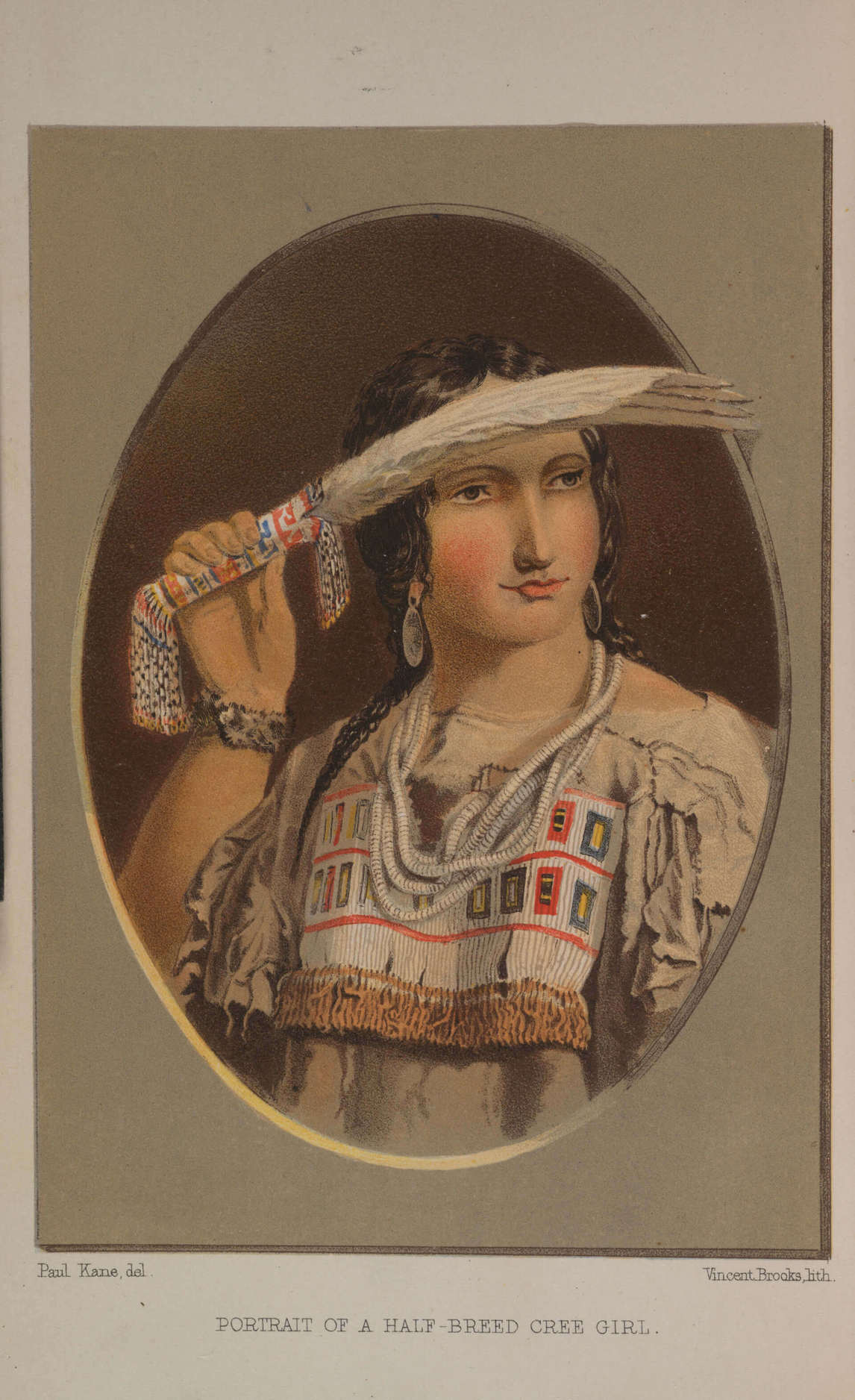
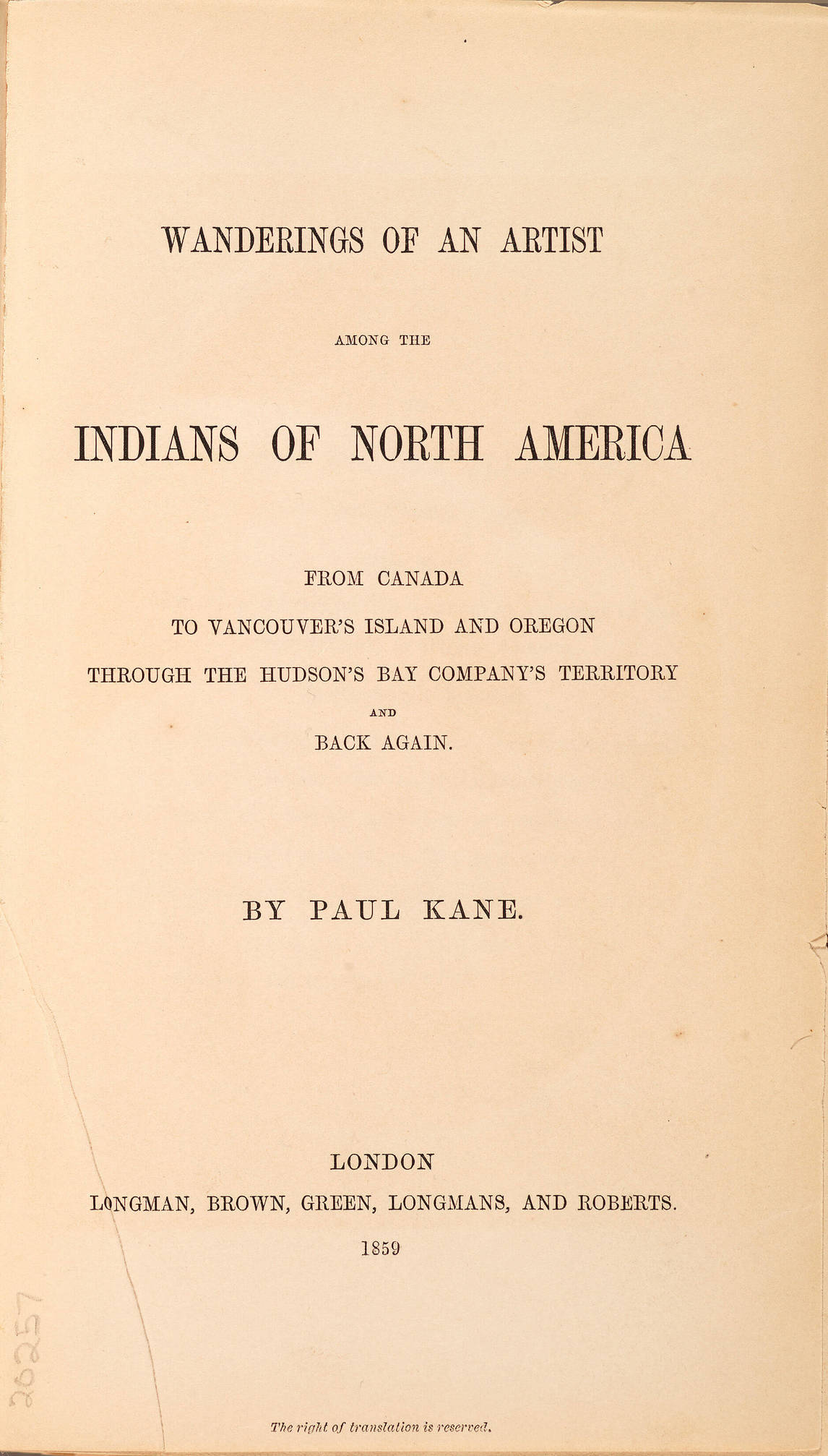
Kane did not write about his art in a theoretical way. In his field journal he notes when he sketched, at times referring specifically to the subject. References to his artwork in his book Wanderings of an Artist among the Indians of North America appear to be based on the evidence of extant sketches and paintings. It is as though the sketches and the paintings, rather than his field journal notes, were his voice.
Although Kane is undoubtedly the author of his field journal, historian I.S. MacLaren argues that a literary accomplice would have been necessary to produce and publish Wanderings of an Artist. Indeed, Kane’s field journal spellings are mostly phonetic and would have required editing for the published version. Additionally, much of the book contains information not even hinted at in his journal. From this it would seem that Wanderings of an Artist is based on Kane’s verbal storytelling, the essence jotted down by an interpreter and then edited for formal publication.
Wanderings of an Artist was reviewed in English-language journals and others, including the following:
Athenaeum (London). Unsigned review of Wanderings of an Artist among the Indians of North America, by Paul Kane. July 2, 1859, 14–15.
Lavollée, Charles. “Un artiste chez les Peaux-Rouges.” Revue des deux mondes (Paris) 22 (1859): 936–86.
Wilson, Daniel. Review of Wanderings of an Artist among the Indians of North America, by Paul Kane. Canadian Journal, n.s., 4, no. 21 (May 1859): 186–94.
Critical Interpretations
Kane’s artwork and writing have been researched by ethnologists, literary critics, and art historians. Ethnologists were the first to study Kane’s pictures, mainly because of the subject matter but also because in 1914 the cycle of one hundred paintings was acquired by the Royal Ontario Museum, which was then known for its anthropological and ethnological collections. The cycle continues to be a focus of study within the ROM’s Anthropology section of the Department of World Cultures (see entries for Kenneth R. Lister below).
The study of Kane’s work from an art historical perspective made its significant mark with a monograph and catalogue raisonné (see entry for J. Russell Harper below); more recent interpretations have used a post-colonial critique in approaching his work (see entry for Heather Dawkins below). Critical studies of Kane’s writings (his journal and Wanderings of an Artist) have given significant insights into the nature of Kane’s perceptions (see entries for I.S. MacLaren below).
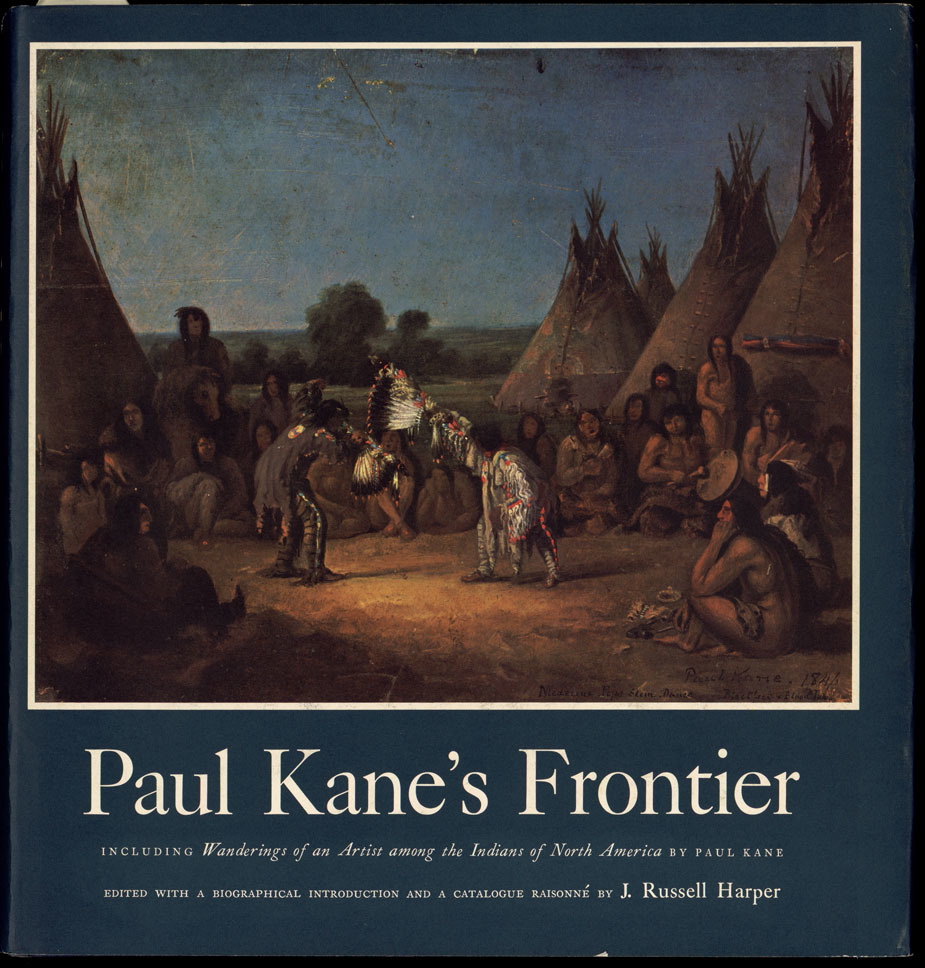
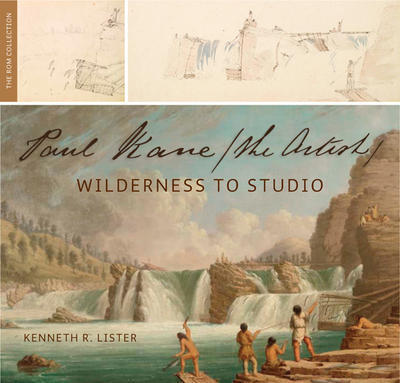
Audio and Video about the Artist
The most significant audiovisual production on Paul Kane includes interviews with Aboriginal artists and cultural critics, commentaries by non-Aboriginal art historians, and commentaries by descendants of Paul Kane.
Bessai, John, and Joan Prowse. From Field to Studio: The Art of Paul Kane. Toronto: CineFocus Canada, 2006. DVD, 48 min.; interactive DVD, 48 min.
Further Reading
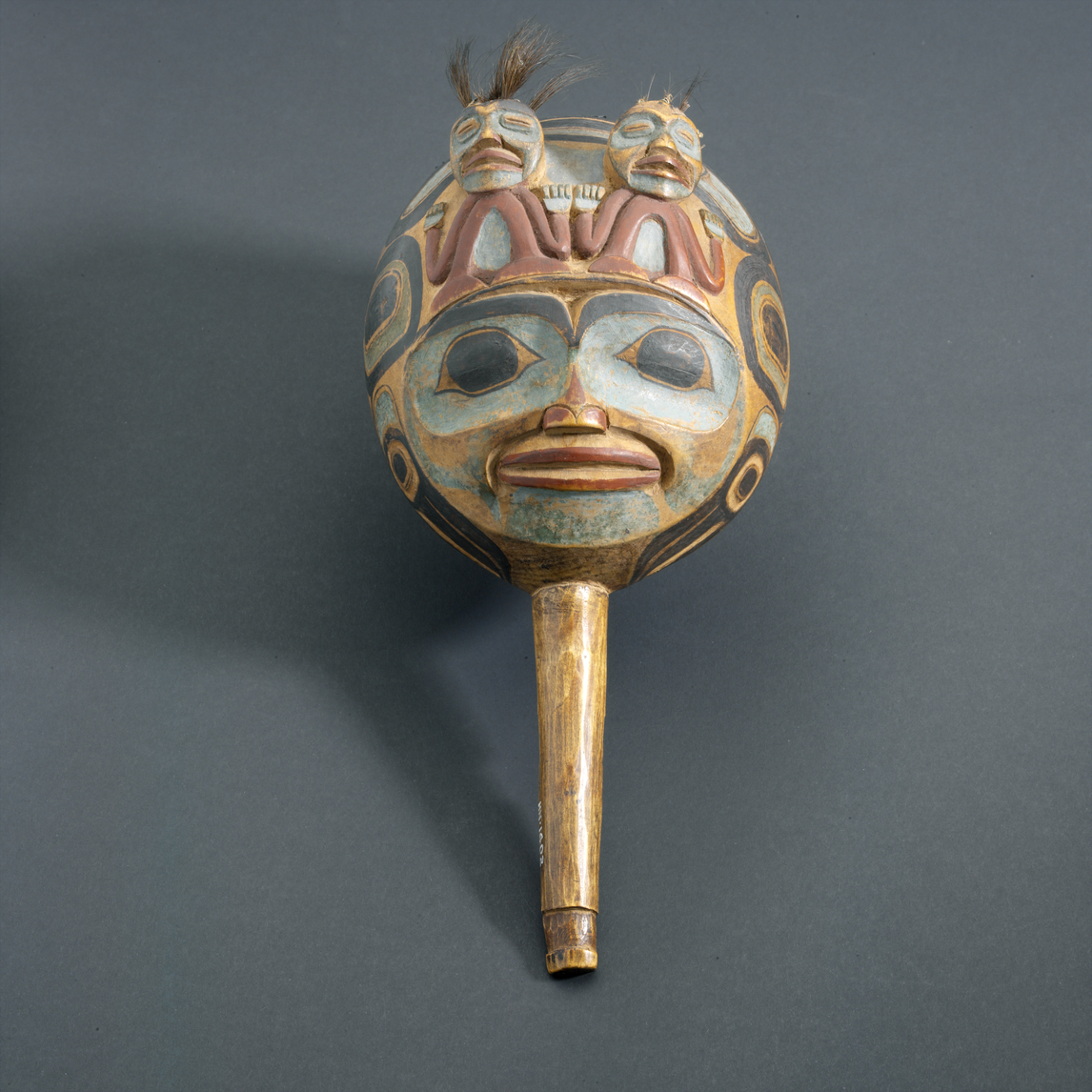
The publications listed below reveal the range of commentary on Paul Kane—both scholarly and popular—and the abiding interest in his work. The authors include ethnographers, historians, art historians, literary critics, and educators.
Cook, Ramsay. “Raising Kane.” Canadian Art 2, no. 3 (Fall 1985): 60–63.
Davis, Ann. “Indians’ Historians: George Catlin and Paul Kane.” In A Distant Harmony: Comparisons in the Painting of Canada and the United States of America, 33–68. Winnipeg: Winnipeg Art Gallery, 1982.
Dawkins, Heather. “Paul Kane and the Eye of Power: Racism in Canadian Art History.” Vanguard 15, no. 4 (September 1986): 24–27.
Eaton, Diane, and Sheila Urbanek. Paul Kane’s Great Nor-West. Vancouver: UBC Press, 1995.
Gehmacher, Arlene. “The Death of Omoxesisixany or Big Snake.” In Kenneth R. Lister, Paul Kane, the Artist: Wilderness to Studio, 372. Toronto: Royal Ontario Museum, 2010.
Harper, J. Russell. Paul Kane’s Frontier: Including Wanderings of an Artist among the Indians of North America by Paul Kane. Austin: University of Texas Press for Amon Carter Museum, Fort Worth; and National Gallery of Canada, 1971.
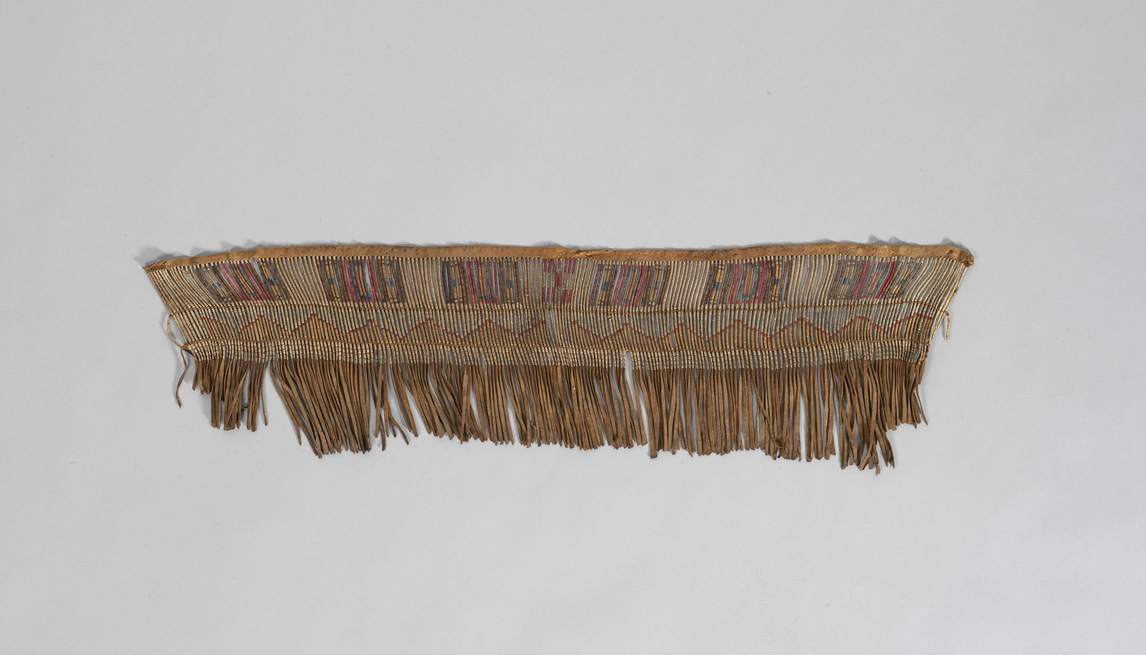
Lister, Kenneth R. Paul Kane, the Artist: Wilderness to Studio. Toronto: Royal Ontario Museum, 2010.
———, ed. The First Brush: Paul Kane & Infrared Reflectography. Toronto: Royal Ontario Museum, 2014.
MacLaren, I.S. “Notes towards a Reconsideration of Paul Kane’s Art and Prose.” Canadian Literature 113–14 (Summer/Autumn 1987): 179–205.
———. “‘I came to rite thare portraits’: Paul Kane’s Journal of His Western Travels, 1846–1848.” American Art Journal 21, no. 2 (1989): 6–88.
———. “Paul Kane’s Wanderings of an Artist and the Rise of Transcontinental Canadian Nationalism.” Canadian Literature 213 (Summer 2012): 16–38.
Stewart, Susan. “Paul Kane’s Paintings Rediscovered.” Journal of Canadian Art History 5, no. 2 (1981): 85–95.

 About the Author
About the Author
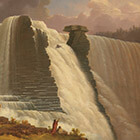 More Online Art Books
More Online Art Books
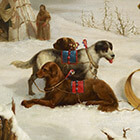 Acknowledgements
Acknowledgements